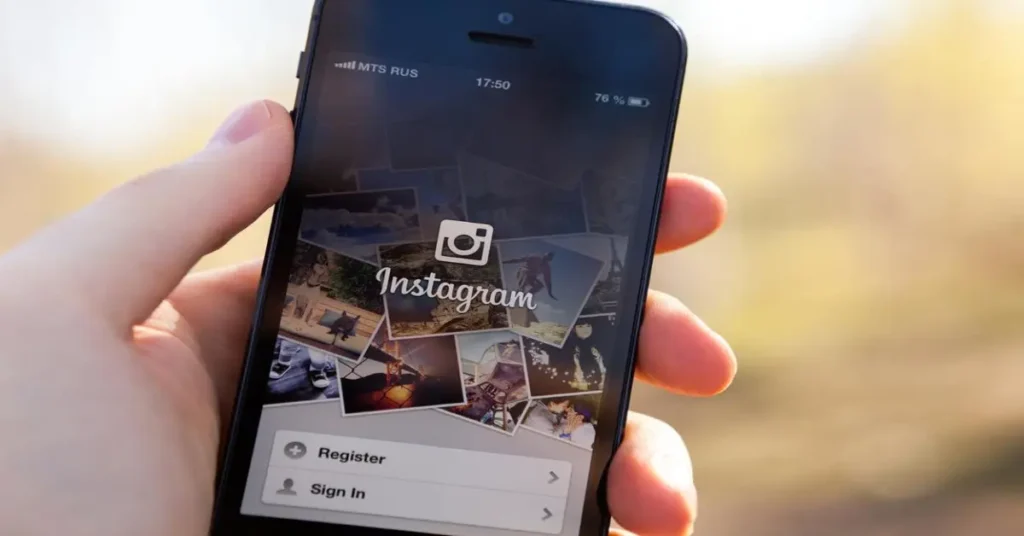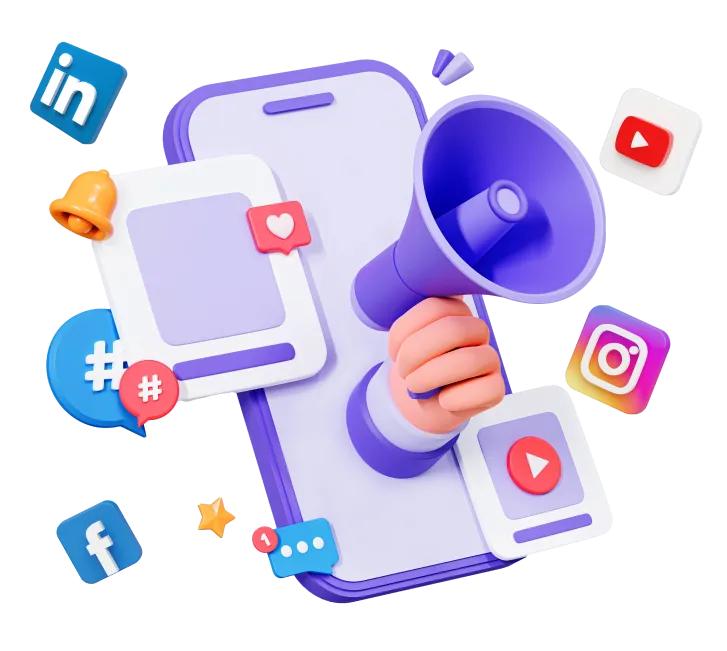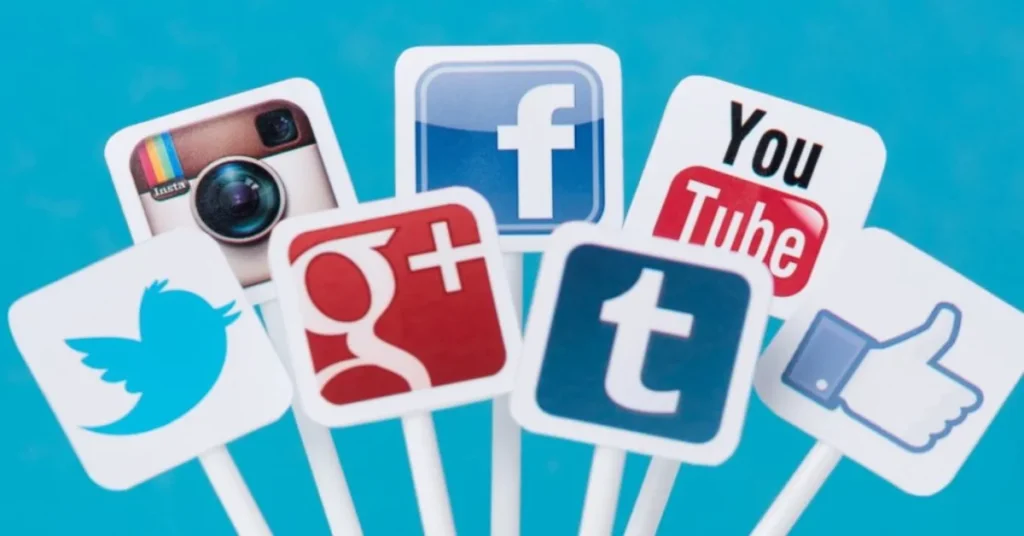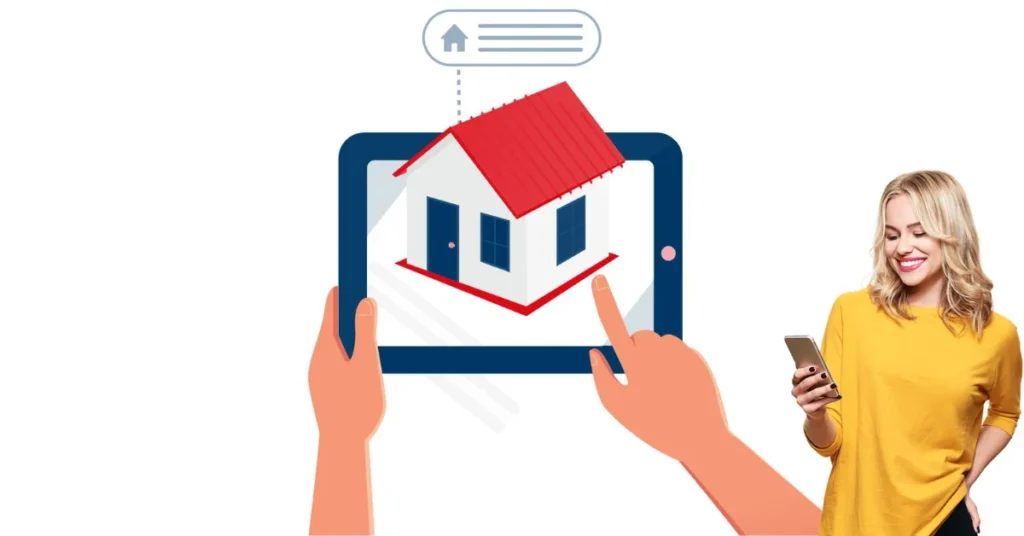Understanding your Instagram advertising cost is key for any US business today. Millions of Americans scroll through Instagram daily. This makes it a prime spot to connect with customers. But how much should you pay? And how do you make every dollar count? I am here to help you figure this out.
I will explore the real costs of Instagram ads. We will look at what makes prices go up or down. I will share tips to get the best bang for your buck. Let’s make your Instagram ad campaigns successful and cost-effective.
The Money Talk: Key Instagram Ad Metrics
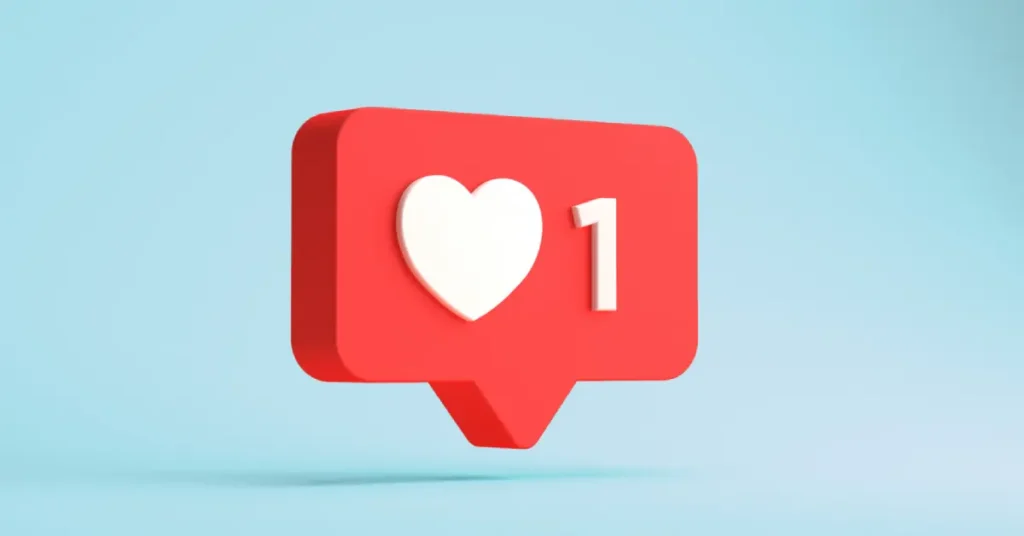
You need to know specific terms to understand Instagram ad costs. These help you track your spending and results.
Cost Per Click (CPC)
CPC is simple. You pay each time someone clicks your ad.
- What it measures: How much each click costs you.
- When to use it: Perfect for getting people to your website, landing page, or online store.
- US Average (2025): You might see CPCs from $0.01 to $0.25. However, they can swing wildly based on your industry and targeting. For example, a niche product might have higher CPCs if only a few people click.
Cost Per Mille/Thousand Impressions (CPM)
CPM means “cost per thousand.” You pay every time your ad appears on screens. “Mille” is Latin for a thousand.
- What it measures: How much it costs to show your ad to 1,000 people.
- When to use it: Best for building brand awareness. You want many people to see your message.
- US Average (2025): Expect CPMs from $0.01 to $4.00. The overall industry average hovers around $10.81. Luxury brands might pay more to reach a specific audience.
Cost Per Engagement (CPE)
CPE tracks how much you pay when someone interacts with your ad. This includes likes, comments, shares, or saves.
- What it measures: The cost of each interaction with your ad.
- When to use it: Ideal for building a community or getting people talking about your brand.
- US Average (2025): CPEs generally range from $0.03 to $0.08. A highly engaging video ad might have a lower CPE.
Other Important Cost Metrics
You might hear about these, too:
- CPL (Cost Per Lead): How much you pay for each new lead (e.g., email signup).
- CPA (Cost Per Acquisition/Action): The cost for a specific desired action (e.g., a purchase or app download).
- CPI (Cost Per Install): How much you pay for each app installation from your ad.
What Influences Instagram Ad Costs in the US?

Many factors play a part in how much you pay for Instagram ads. Think of it like a live auction. Your bid and your ad’s quality matter.
Audience Targeting and Competition
Who you want to reach changes your costs.
- Niche vs. Broad Audiences: Targeting a very specific group can be more expensive. Fewer people fit your exact criteria. This increases competition among advertisers.
- Demographics: Reaching certain age groups, genders, or income levels in the US can affect prices. For instance, high-income earners in big cities might be pricier to reach.
- Interests and Behaviors: Targeting specific hobbies or past online actions can also drive up costs. Many businesses want to reach these groups.
- Lookalike Audiences: These are groups similar to your existing customers. They can be very effective and sometimes more cost-efficient because they are highly relevant.
Ad Quality and Relevance Score
Instagram wants users to have a good experience. Your ad’s quality directly affects its cost.
- High-Quality Creative: Use clear images or engaging videos. Your visuals grab attention.
- Compelling Copy: Your ad text needs to be clear and persuasive.
- Strong Call to Action (CTA): Tell people exactly what you want them to do.
- Instagram’s Algorithm: Instagram rewards relevant ads with lower costs. If people like your ad, Instagram shows it more often for less money.
- A/B Testing: Always test different versions of your ads. See which ones perform best and cost less.
Bidding Strategy and Campaign Objective
How you bid and what you want to achieve matter.
- Bidding Options:
- Lowest Cost: Instagram tries to get you the most results for the lowest price.
- Cost Cap: You set a maximum average cost per result. Instagram tries to stay at or below this.
- Bid Cap: You set a maximum bid per auction. This gives you more control but might limit reach.
- Value Optimization: Instagram tries to get you the most valuable purchases.
- Campaign Objectives: Your goal affects cost.
- Awareness: Focuses on reach, often lower CPM.
- Traffic: Aims for clicks, impacts CPC.
- Leads: Optimizes for lead forms, influences CPL.
- Sales: Drives purchases, affects CPA.
Ad Placement and Format
Where your ad appears on Instagram and what it looks like also changes costs.
Many advertisers focus on just the Feed or Stories. But Instagram offers more places for your ads. Let’s explore how these different spots impact your wallet and what works well for US audiences.
- Instagram Feed: Classic photo and video ads. Often, a good balance of reach and engagement.
- Instagram Stories: Full-screen, immersive ads. They can be very engaging. They often have lower CPMs but require captivating visuals. US users actively watch Stories.
- Instagram Reels: Short, dynamic video ads. Reels are booming in popularity. Ads here can be highly effective for engagement and brand visibility. This is a growing area for ad spend.
- Explore Tab: Users discover new content here. Ads blend in naturally. They can attract new audiences interested in similar content.
- Shop Tab: Ads appear in Instagram’s shopping section. These are great for e-commerce. They put products directly in front of buyers.
- Direct Messages/Messenger: Ads can appear in users’ inboxes. This is a more personal placement.
- Audience Network: Your ads appear on other apps and websites. This extends your reach beyond Instagram itself.
Different ad formats within these placements also perform uniquely.
- Single Image/Video Ads: Simple, effective.
- Carousel Ads: Showcase multiple products or tell a story. They can encourage more clicks.
- Collection Ads: A full-screen mobile experience. Users can browse products directly within the ad. Excellent for e-commerce.
- Instant Experience (Canvas Ads): Interactive, immersive full-screen experiences. They hold user attention longer.
Consider how US consumers interact with each format. Video content, especially short, engaging Reels, performs very well. Shoppable formats like Collection Ads are also gaining traction as more people buy directly through social media.
Seasonality and Time of Year
Ad costs fluctuate throughout the year.
- Holiday Seasons: Prices soar during major US holidays like Black Friday, Cyber Monday, Christmas, and Valentine’s Day. More businesses advertise than.
- Peak Seasons: Certain industries have peak seasons. Travel ads are pricier in summer. Tax services ads cost more during tax season.
- Major US Events: Super Bowl, political elections, or other big national events can temporarily increase ad competition.
Industry Competitiveness
Some industries face higher ad costs because of intense competition.
- High-Cost Industries: Fashion, beauty, finance, highly competitive e-commerce niches, and technology often see higher prices. Many advertisers vie for the same audience.
- Lower-Cost Industries: Local services or niche hobbies might have lower costs. Fewer businesses compete for those specific audiences.
Instagram Ad Costs by Industry in the US

The price of Instagram ads changes a lot depending on your industry. Let’s look at some average ranges for US businesses. These are general. Your specific campaign could see different results. The Cropink article explains that Instagram advertising costs are influenced by factors like ad objective, target audience, and industry competition. CPC typically ranges from $0.20 to $2.00, and CPM is between $5 $15. Targeting and competition can raise costs, while high-quality ads often lower them. Small businesses should begin with a budget of $300 to $1,000 monthly and test ads to optimize results and control spending.
- E-commerce (Fashion, Beauty, Home Goods):
- CPC: $0.40 – $1.00
- CPM: $5.00 – $15.00
- Why: Highly visual industries. Fierce competition for consumer attention.
- SaaS / Tech:
- CPC: $1.00 – $3.00
- CPM: $10.00 – $25.00
- Why: Often targeting businesses or specific professionals. High customer value.
- Real Estate:
- CPC: $0.80 – $2.50
- CPM: $7.00 – $20.00
- Why: Targeting specific geographic areas and high-value transactions.
- Automotive:
- CPC: $0.50 – $1.50
- CPM: $6.00 – $18.00
- Why: Targets consumers interested in big purchases.
- Healthcare:
- CPC: $0.70 – $2.00
- CPM: $8.00 – $22.00
- Why: Highly regulated. Often targeting specific conditions or services.
- Food & Beverage:
- CPC: $0.30 – $0.80
- CPM: $4.00 – $12.00
- Why: Broad appeal, but high volume of advertisers.
- Education:
- CPC: $0.60 – $1.80
- CPM: $7.00 – $18.00
- Why: Targeting students, parents, or professionals.
- Travel & Hospitality:
- CPC: $0.50 – $1.50
- CPM: $6.00 – $15.00
- Why: Seasonal peaks and competitive booking windows.
Note: These are ranges. Your actual Instagram advertising cost can vary.
Strategies for High-Cost Industries: You can still succeed in competitive spaces. Focus on very specific targeting. Create highly engaging ads that stand out. Offer unique value propositions. While understanding your Instagram advertising cost is crucial for paid campaigns, remember that effective Instagram marketing goes beyond just ads. To truly build a powerful presence and consistently grow your audience, you need a robust organic strategy working hand-in-hand with your paid efforts. Discover how to create a complete approach in our detailed guide on Instagram Marketing Service: Get More Followers, Real Results.
Instagram vs. Other Platforms: A US Cost Comparison

It is helpful to compare Instagram’s ad costs with those of other major platforms.
Instagram vs. Facebook (Meta Ads)
Instagram and Facebook share the same ad system (Meta Ads Manager). This means many cost factors are similar.
- Similarities: Shared audience data, similar targeting options, same bidding strategies.
- Differences: Instagram tends to be more visual. It can sometimes have higher CPCs than Facebook for direct clicks. However, it often delivers higher engagement rates.
- Strategy: Many US businesses run campaigns across both. Facebook might be better for a broader reach or older demographics. Instagram shines for visual products and younger audiences.
Quick Comparison with Other Platforms (US context)
- Google Ads (Search): Often higher CPCs ($1.00 – $50.00+). Users are actively searching for solutions. Intent is high.
- TikTok Ads: Can be very cost-effective for viral content (CPMs around $5.00 – $15.00). Focuses on short, engaging video.
- YouTube Ads: Variable costs (CPV, CPM). Good for video content and specific niche targeting.
- Pinterest Ads: Strong for visual discovery and e-commerce (CPCs around $0.10 – $1.50).
- LinkedIn Ads: Highest CPCs ($2.00 – $10.00+). Excellent for B2B targeting.
Instagram offers a unique balance. It combines visual appeal with detailed targeting. This makes its Instagram advertising cost often competitive for specific marketing goals.
Budgeting for Instagram Advertising in the US
Ready to set your ad budget? Here’s how to approach it. The WebFX article outlines the costs of social media advertising, highlighting that prices vary depending on the platform, targeting, and competition. For instance, Facebook ads cost an average of $0.97 per click, while LinkedIn tends to be the most expensive with CPC rates ranging from $5 to $9. Factors such as ad relevance, audience targeting, and ad format (e.g., video) significantly influence costs. Small businesses are advised to start with $500 to $2,000 monthly budgets, test ads with smaller amounts, and optimize based on performance. Maximizing ROI involves refining ad strategies and focusing on engagement across multiple platforms.
Setting Your Budget
- Minimum Daily/Monthly Spends:
- Small businesses can start with as little as $1 to $5 per day.
- This translates to about $30 to $150 per month.
- This budget allows for initial testing and learning.
- Scaling Your Budget: As your ads perform, you can gradually increase your spend. Reinvest profits back into successful campaigns.
- Importance of Testing: Do not dump all your money into one campaign. Start small. Test different ads, audiences, and offers. Learn what works best before increasing your budget.
How to Optimize Your Ad Spend and Lower Costs
You can always find ways to get more for your money.
- Improve Ad Relevance & Quality: This is huge. Instagram rewards engaging ads.
- Use high-resolution photos and videos.
- Write clear, benefit-driven ad copy.
- Include a strong, clear Call to Action (CTA).
- Refine Audience Targeting: Do not guess who your customers are.
- Create hyper-specific audience segments.
- A/B test different audience groups.
- Exclude irrelevant audiences to save money.
- A/B Test Everything: This is a golden rule.
- Test different visuals (photos vs. videos).
- Test different headlines and ad copy.
- Test different CTAs (e.g., “Shop Now” vs. “Learn More”).
- Test various audience groups.
- Test different bidding strategies.
- Test ad placements.
- Utilize Automatic Placements (Strategically): Let Meta’s system automatically place your ads across Instagram and Facebook’s network. This often finds the most cost-effective spots. But always review the results. You might find that a specific placement underperforms.
- Leverage Retargeting Campaigns: These campaigns target people who have already interacted with your brand. They visited your website, watched your videos, or engaged with your Instagram profile. These audiences are “warmer.” They are more likely to convert. This makes retargeting highly cost-effective.
- Focus on Conversion Tracking: Make sure your Meta Pixel is installed correctly. Also, set up the Conversions API. This lets Instagram accurately track sales, leads, or other actions on your website. Accurate tracking means better optimization by Instagram’s system.
- Monitor and Adjust Regularly: Ad campaigns are not “set it and forget it.” Check your ad performance daily or weekly. Pause underperforming ads. Scale up the successful ones.
Measuring Instagram Advertising ROI in the US

It’s not enough to just spend money. You need to know if that money is making you more money. This is your Return on Investment (ROI).
Beyond Vanity Metrics
Likes and comments feel good. But they do not pay the bills. Focus on metrics that show real business impact.
Key Metrics for True ROI
- Return on Ad Spend (ROAS): This is crucial.
- Formula: (Revenue from Ads / Ad Spend) x 100
- Example: If you spend $100 and make $300 in sales, your ROAS is 300%.
- Interpretation: A higher ROAS means you are making more money for every dollar spent on ads.
- Cost Per Acquisition (CPA):
- Formula: Total Ad Spend / Number of Conversions (sales, leads)
- Example: Spend $100, get 10 sales. Your CPA is $10.
- Optimization: Aim for a CPA lower than your product’s profit margin.
- Customer Lifetime Value (CLV):
- Concept: This looks beyond the first purchase. How much is a customer worth over their entire relationship with your business?
- Connection to Ads: Your Instagram advertising cost might seem high for a first sale. But if those customers keep buying, your overall ROI improves significantly.
- Conversion Rate:
- Formula: (Number of Conversions / Number of Clicks) x 100
- Interpretation: How effective is your ad at getting people to take action?
Advanced Attribution Tracking for US Marketers
Understanding where sales come from can be tricky. This is called attribution.
- Meta Pixel and Conversion API: These are vital. The Meta Pixel tracks website actions. The Conversion API provides a direct, secure connection between your server and Meta. This helps track conversions more accurately. It’s especially important with recent privacy changes.
- Cross-Device Attribution: A customer might see your ad on their phone but buy on their laptop. Good tracking tries to connect these dots.
- Multi-Touch Attribution: Customers rarely buy after seeing just one ad. They might see an Instagram ad, then a Google ad, then visit your site directly. Multi-touch models assign credit to each touchpoint. Common models include:
- First-Click: Gives all credit to the first ad seen.
- Last-Click: Gives all credit to the last ad seen.
- Linear: Divides credit equally among all ads.
- Time Decay: Gives more credit to recent interactions.
- Integrating Data: Connect your Instagram ad data with other systems. Use Google Analytics. Connect to your Customer Relationship Management (CRM) system. This gives you a full picture of your customer journey.
- Tracking Offline Conversions: If you have a physical store in the US, track how Instagram ads drive foot traffic or phone calls. Use unique phone numbers or in-store mentions of Instagram.
Leveraging Instagram Insights & Meta Ads Manager for ROI Analysis
Meta’s tools provide robust reporting.
- In-Platform Reporting: Meta Ads Manager offers detailed breakdowns of your campaigns.
- Customizing Dashboards: Create custom reports. Focus on the metrics most important for your ROI (ROAS, CPA, conversions).
Integrating Instagram Ads with Broader Marketing Efforts

Instagram ads should not live in a bubble. They work best when part of a bigger plan.
Synergy with Organic Instagram Content
Your paid ads and free content should work together.
- Amplify Organic Reach: Promote your best organic posts with ads. Get more eyes on popular content.
- Drive Ad Performance: High-quality organic content builds your brand’s authority. This can make your paid ads more trustworthy and effective.
Influencer Marketing vs. Paid Ads (US Context)
Many US businesses use influencers. How does this compare to the direct Instagram advertising cost?
- Influencer Costs: These vary wildly.
- Nano-influencers (1k-10k followers): Often $10 – $100 per post.
- Micro-influencers (10k-100k followers): $100 – $500 per post.
- Macro-influencers (100k-1M followers): $500 – $5,000 per post.
- Celebrity influencers (1M+ followers): $5,000 – $100,000+ per post.
- Cost vs. Direct Ads: Direct ads offer more control over targeting and messaging. Influencers offer authenticity and access to their engaged audience.
- Strategic Combination: Many brands find success using both.
- “Spark Ads”: Run ads using an influencer’s organic post directly. This makes the ad feel more authentic. It also benefits from the influencer’s trust.
- Amplify Influencer Content: Pay to promote an influencer’s post about your brand. Extend its reach far beyond its followers.
- My thought: Consider how your US audience responds to both. Some consumers prefer organic recommendations. Others are comfortable with traditional ads.
Cross-Channel Strategy
Think about your entire customer journey.
- Wider Funnel: Instagram ads might introduce your brand. Then, email marketing follows up. SEO helps people find you later.
- Complementary Roles: Instagram ads can drive initial awareness. Then, Google Search ads capture high-intent buyers.
Conclusion: Mastering Your Instagram Ad Investment
Understanding Instagram advertising cost is not about finding the cheapest option. It is about finding the most effective option for your business. You have learned about average costs, influencing factors, and strategies to lower your spending. You also saw how to measure true return on investment (ROI).
The US Instagram ad landscape changes. Stay curious. Test new ideas. Adapt your strategies. By doing so, you will make every dollar count. Your business can thrive by connecting with millions of engaged Instagram users. Go ahead, start exploring!

